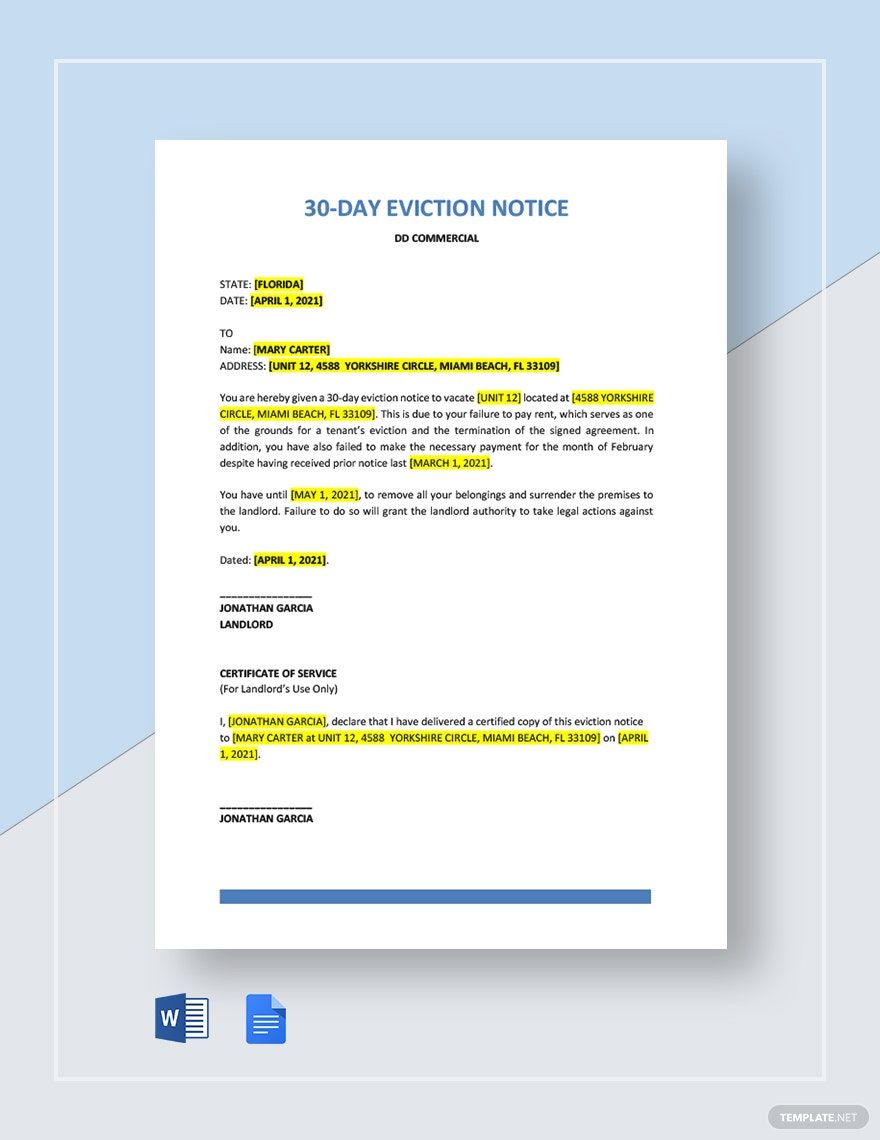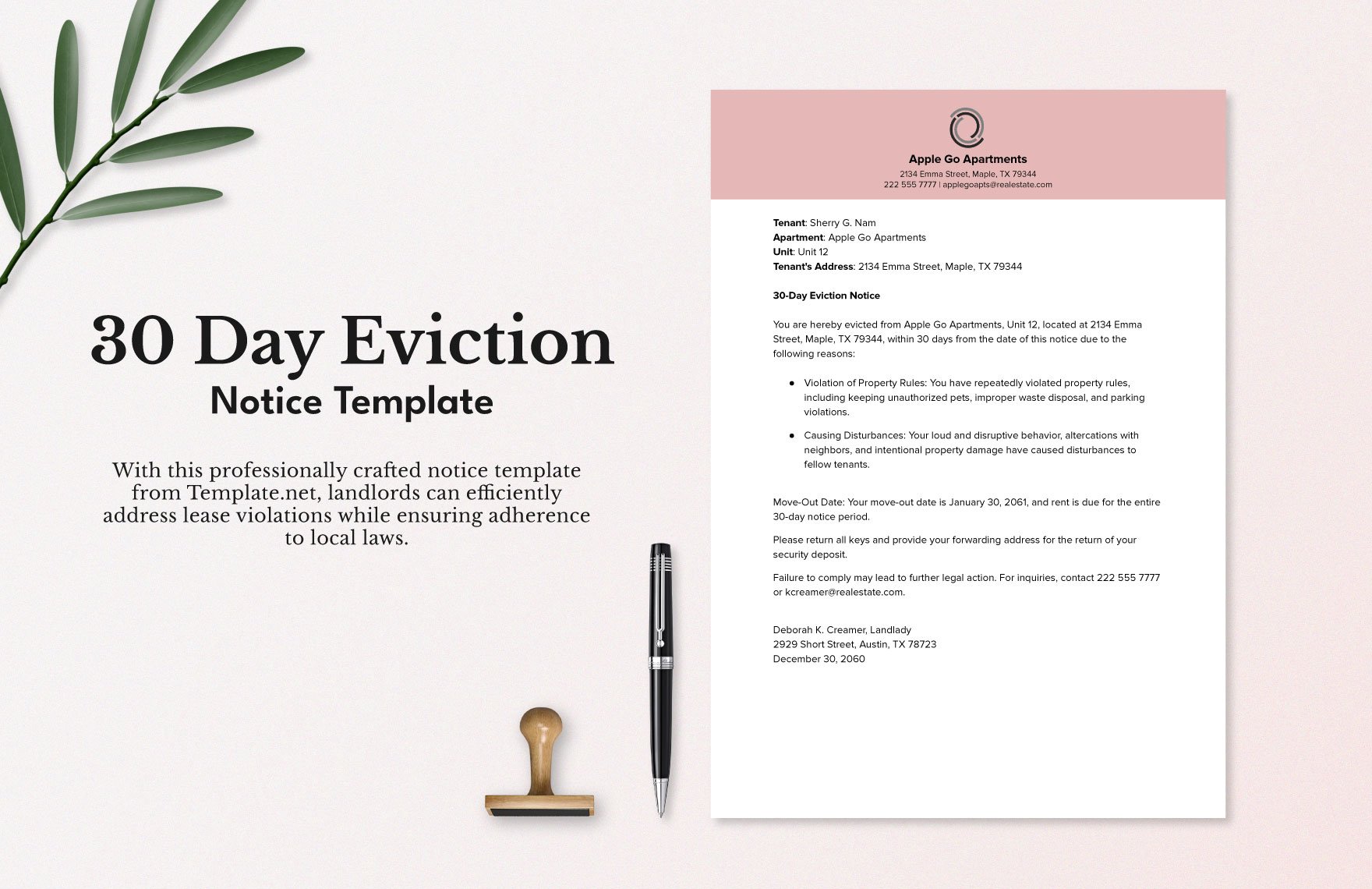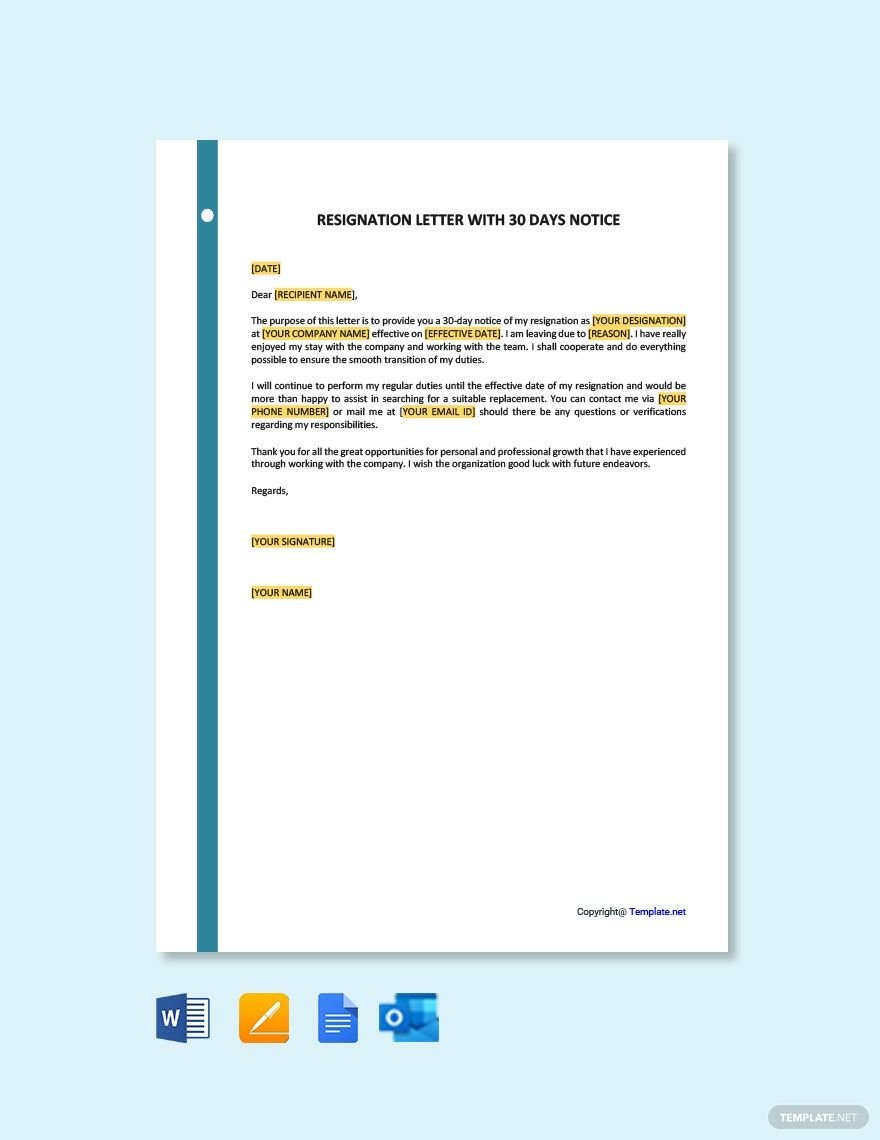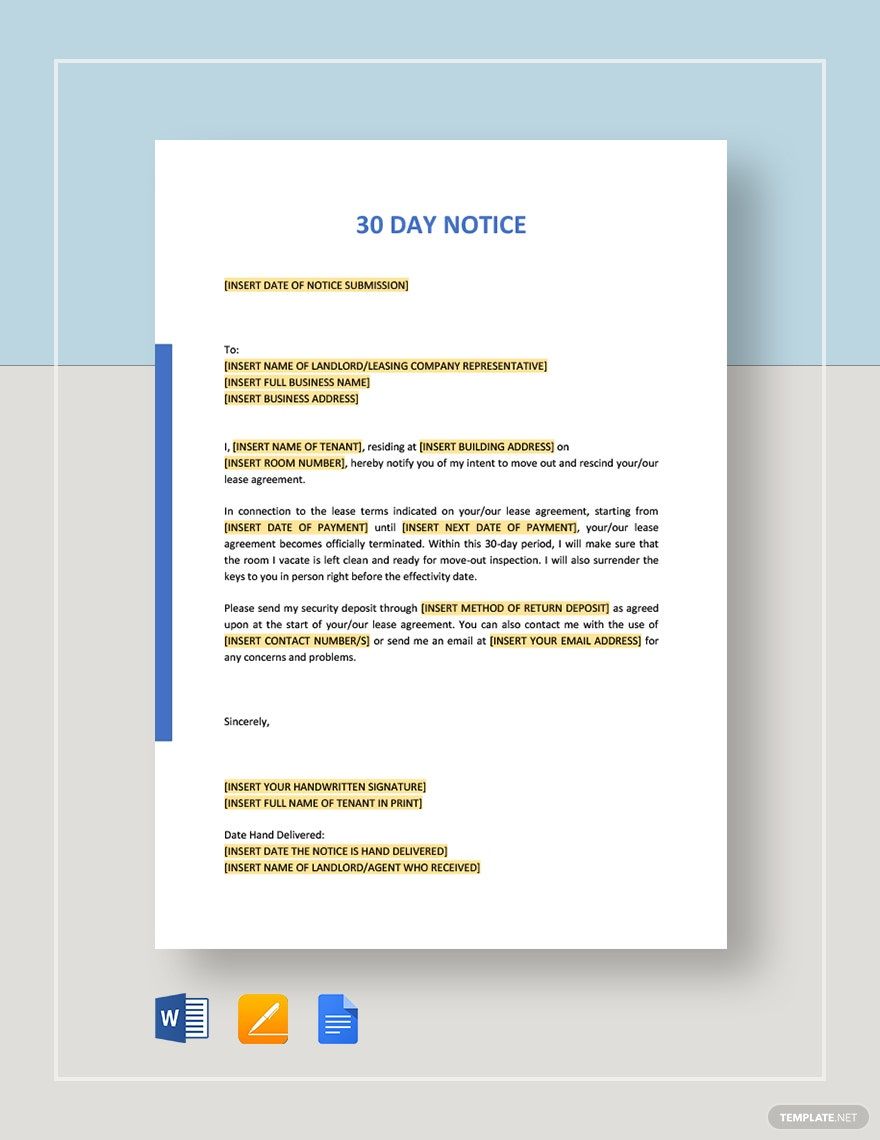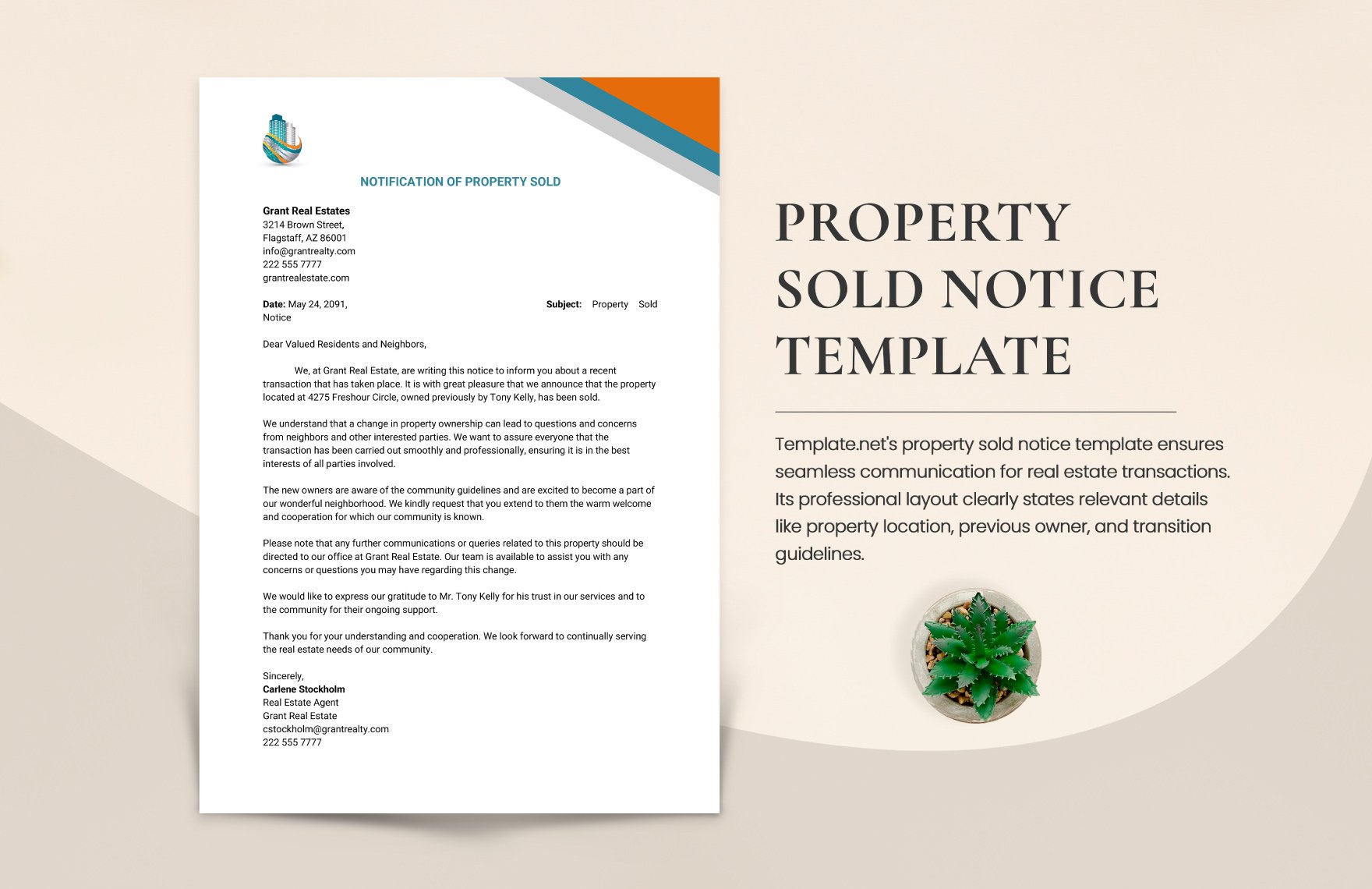Before you evict a tenant or before an employee resigns, a notice is served to the recipient. The most common notice period as per state and local laws is 30 days—completing the eviction or resignation notice period will grant you some advantages, especially when resigning from permanent employment. We have a wide variety of editable 30-Day Notice Templates that comes in file formats, such as Microsoft Word, Apple Pages, and PDF, which are compatible with most devices. Get these templates before you submit your resignation or to start your eviction process!
How to Write a 30-Day Notice
As mentioned, you need to send a written 30-day notice before you resign or evict a tenant to allow both parties to prepare the necessary documents that follow after eviction or resignation. If you have no idea how to write this written notice, you can refer to our simple guide below.
1. State the Purpose
As you know, a 30-day notice can be used for both eviction and resignation. Therefore, you should immediately state the notice's purpose on its first part, as you would in the introduction part of a formal letter.
2. Indicate the Notice Period
Although you know that it is a 30-day notice, your recipient may not. Therefore, you should highlight the notice period in the letter. Also, you should write the date of the end of the notice period. For example, if you're submitting your 30-day resignation notice on the 15th, your resignation will be effective on the 14th of the next month.
3. Include All Pertinent Information
If writing for a resignation notice, include all pertinent information about your position and employment. On the other hand, if for eviction purposes, write the tenant name, lease term, the status of lease, and so on.
4. Explain the Next Steps
Lastly, you should explain the next steps while you render your resignation notice or wait for the eviction date. For resignation, you should briefly state how you intend to pass on your tasks to your colleague. For eviction, you should state the requirements to complete the eviction process.



